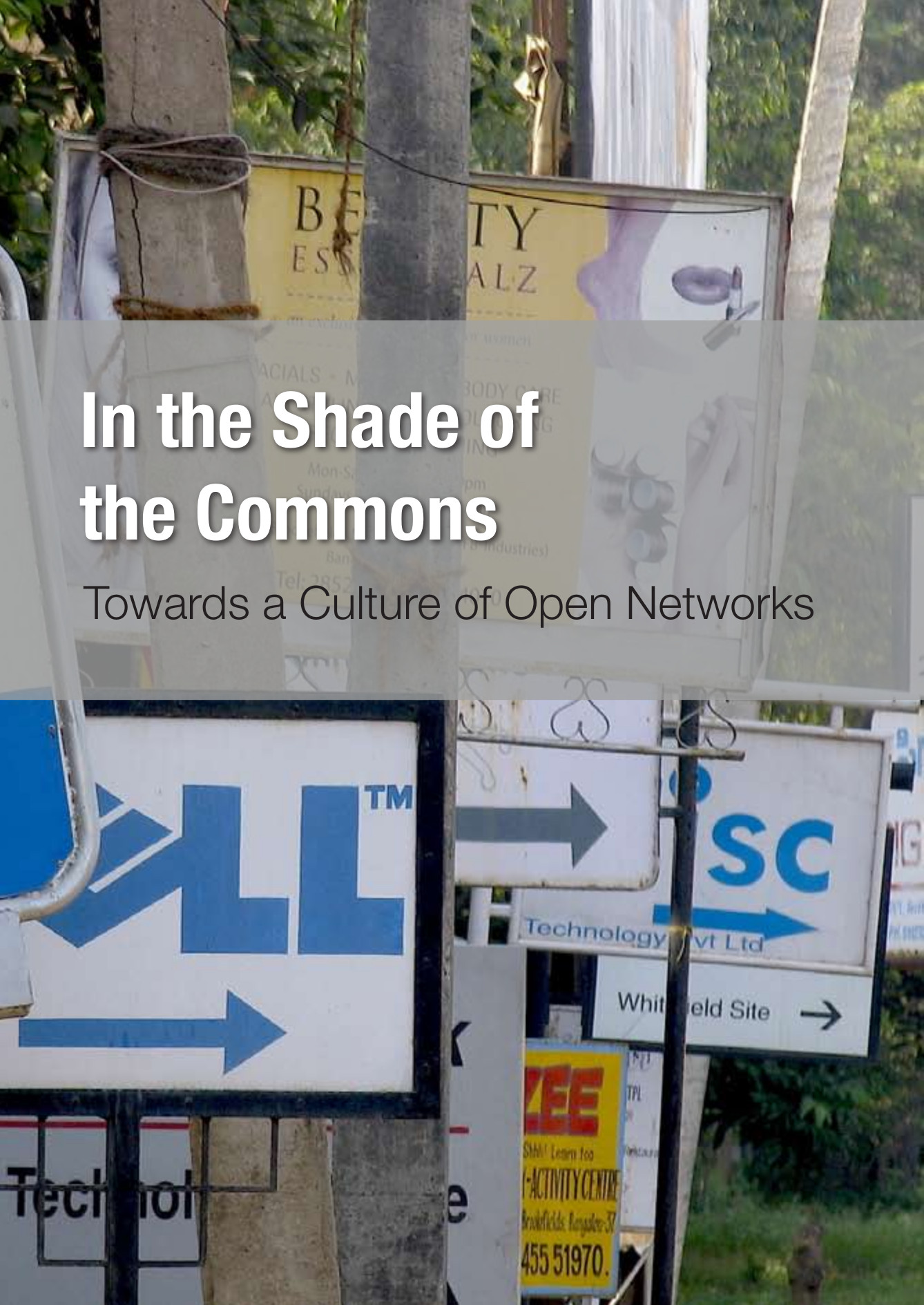FLOSS Is Not Just Good for Your Teeth (2006)
Filed under book | Tags: · floss, free software, open source
Free, Libre and Open Source Explained (finally) in Simple English!
“Why do they call it ‘FLOSS’ when it doesn’t clean your teeth?”
Are you a non-nerd, a human being who happens to use computers without living inside them? Does that make you curious to find out what the buzz regarding open source and free software is all about? What’s in it for you? Does it work? Is it fun and easy to use? How is it made and who makes it? And how ‘free’ or ‘open’ is it, really? Have you looked long and hard for answers to questions like these in plain English? If that’s the case, ‘FLOSS is not just good for teeth’ could be just what you are looking for.
Impress your techie buddies with the fact that you care for your kernel, and open yourself to a whole new world of concepts that offer challenging and exciting ideas about creativity, collaboration and coding. ‘Floss’ geeks, make yourselves understood to other human beings – download and distribute ‘FLOSS is not just good for teeth’ to friends, family and colleagues, so they can finally know and appreciate what keeps you awake while they sleep.
‘FLOSS is not just good for teeth’ is a collaboratively produced introduction to the concepts that underlie free and open source software, written specially for the non-technical reader, at the Sarai Programme (www.sarai.net) of the Centre for the Study of Developing Societies, Delhi.
Editorial/Design Coordinator: Monica Narula
Text: Ben Olin, Aniruddha ‘Karim’ Shankar, G Karunakar
Illustration: Parismita Singh
Design: Mrityunjay Chatterjee
ISBN: 81-901429-8-4
Delhi, 2006
32 pages
Lipika Bansal, Paul Keller, Geert Lovink (eds.): In the Shade of the Commons. Towards a Culture of Open Networks (2006)
Filed under book | Tags: · commons, networks, open source

“Published as a part of the project ‘Towards a Culture of Open Networks’ of which the partners are Sarai in Delhi (India), t/0 Netbase in Vienna (Austria) and Waag Society in Amsterdam.
The book is divided into three main sections. The first is a general part with declarations made by the project partners.
In the second, one can find an overview of the event World Information City Bangalore, that took place November 2005. This part also contains a photographic review in colour.
The last part of the book, edited by Geert Lovink is a theoretical approach of the subject of ‘open networks’, by many authors coming from Asia, Europe and North America.”
Publisher Waag Society, Amsterdam, 2006
Creative Commons Attribution-ShareAlike License
ISBN 9080645230, 9789080645233
PDF (updated on 2018-6-17)
Comment (0)Stuart Mealing (ed.): Computers and Art (1997-)
Filed under book | Tags: · artificial intelligence, chaos theory, computer art, computer graphics, electronic art, media art, quantum theory, science, virtual reality

“Computers & Art gathers together contributions from a broad, international spectrum of experts concerned with the computer as a tool for artists.
The approaches vary, with contributors looking at the historical, philosophical and practical implications of the use of computer technology in art practice. The variety of their approaches is matched by the diversity of backgrounds of the contributors who are artists, critics, educators, philosophers and researchers. Following the success of the first edition, this revised version includes three new chapters.”
Publisher Intellect Books, Exeter, 1997
ISBN 058520246X, 9780585202464
188 pages
Second edition, 2002
ISBN 1841500623, 9781841500621
159 pages
PDF (80 MB, added on 2023-7-8)
PDF (2nd ed., updated on 2012-9-17)

